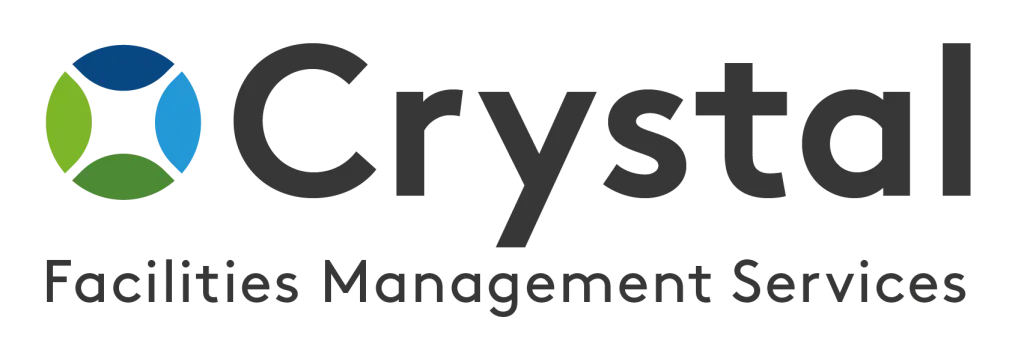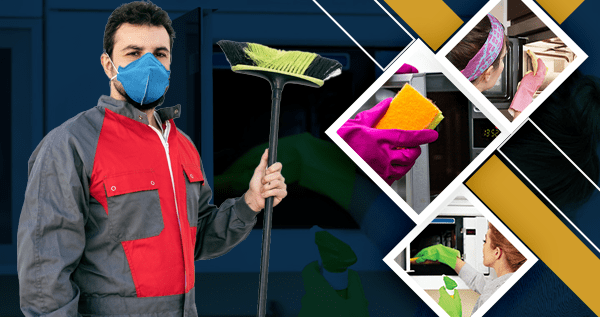Best Practices for Government Sector Cleaning and Disinfection
Proper cleaning and disinfection play a vital role in maintaining a healthy and safe environment, especially in government sectors where a large number of people gather daily. A clean and disinfected space not only reduces the risk of spreading diseases but also creates a positive impression on visitors and employees. To ensure effective cleaning and disinfection in government sectors, certain best practices need to be followed. In this article, we will discuss some essential guidelines for government sector cleaning and disinfection.
1. Develop a Cleaning Plan
Before starting any cleaning and disinfection tasks, it is essential to have a well-defined cleaning plan in place. The plan should outline tasks, schedules, and responsibilities. It should include details on the frequency of cleaning different areas, the type of cleaning products to be used, and the equipment required. This cleaning plan should be regularly reviewed and updated based on the changing needs of the government sector.
2. Prioritize High-Touch Areas
In government sectors, certain areas and surfaces are more prone to contamination than others. These high-touch areas include doorknobs, handrails, elevator buttons, light switches, and shared equipment. It is crucial to prioritize the cleaning and disinfection of these surfaces to minimize the risk of disease transmission. Using appropriate disinfectants and ensuring thorough cleaning of these areas should be a top priority in the cleaning plan.
3. Train the Cleaning Staff
Effective cleaning and disinfection require well-trained staff who are knowledgeable about proper cleaning techniques and the safe use of cleaning products. It is essential to provide comprehensive training to the cleaning staff regarding the correct cleaning procedures, safety measures, and the use of personal protective equipment (PPE) if necessary. Regular refresher training sessions should be conducted to ensure that the cleaning staff remains updated with the latest cleaning practices.
4. Use Environmentally Friendly Products
In today’s world, it is vital for government sectors to adopt sustainable and eco-friendly practices. While choosing cleaning products, it is recommended to prioritize those that are environmentally friendly. Harsh chemicals can not only harm the environment but also pose health risks to employees and visitors. Using eco-friendly cleaning products not only reduces the impact on the environment but also ensures the safety of people within the government sector.
5. Implement Proper Waste Disposal
Proper waste disposal is a critical aspect of cleaning and disinfection. In government sectors, different types of waste, such as general waste, recyclables, and hazardous waste, are generated. It is crucial to have separate waste bins for different types of waste and clearly label them. Regular waste collection should be organized to prevent the accumulation of waste, which can lead to unhygienic conditions and the spread of disease-causing bacteria and viruses.
6. Conduct Regular Inspections and Audits
Periodic inspections and audits play a vital role in ensuring the effectiveness of cleaning and disinfection practices in government sectors. Regular inspections help identify any areas that have been overlooked or require additional cleaning. These inspections can be performed by an internal quality control team or can be outsourced to professional cleaning service providers like Crystal Facilities Management who have the experience and expertise to conduct comprehensive audits.
7. Utilize Technological Solutions
Advancements in technology have revolutionized the cleaning industry. In government sectors, cleaning service providers can leverage various technological solutions to enhance cleaning and disinfection practices. For instance, the use of electrostatic sprayers can ensure efficient coverage of disinfectants on surfaces. Automated scheduling tools can streamline cleaning operations and improve efficiency. Keeping up with the latest technological advancements in the cleaning industry can help government sectors stay ahead in maintaining cleanliness and hygiene.
8. Promote Personal Hygiene
In addition to regular cleaning and disinfection, promoting personal hygiene practices among employees and visitors is crucial. Government sectors should provide easily accessible handwashing facilities with soap and water or hand sanitizing stations throughout the premises. Displaying informative posters and reminders about hand hygiene and respiratory etiquette can help raise awareness among individuals and encourage them to practice good hygiene habits.
9. Collaborate with Professional Cleaning Service Providers
Government sectors can benefit significantly from partnering with professional cleaning service providers like Crystal Facilities Management. These companies specialize in providing cleaning services tailored to the specific needs of government sectors. Their expertise, well-trained staff, and use of advanced cleaning techniques and equipment ensure thorough cleaning and disinfection. Outsourcing cleaning services allows government sectors to focus on their core responsibilities while ensuring a clean and healthy environment.
Conclusion
Proper cleaning and disinfection are crucial for maintaining a safe and healthy environment in government sectors. By following best practices such as developing a cleaning plan, prioritizing high-touch areas, training staff, using environmentally friendly products, implementing proper waste disposal, conducting regular inspections, utilizing technological solutions, promoting personal hygiene, and collaborating with professional cleaning service providers, government sectors can ensure effective cleaning and disinfection. Crystal Facilities Management, with its expertise, can help government sectors achieve the highest standards of cleanliness and hygiene. By adopting these best practices, government sectors can create a positive and healthy environment for employees and visitors.












